For as long as there have been white-tailed deer there have been predators that have relied on deer as a source of food. Of course, before feral hogs (and European wild hogs) were introduced into Central and North America, that was one less predator whitetail had to worry about. Not so now days, with hog populations on the rise throughout much of the whitetail’s range.
Not only do feral hogs compete with native wildlife for food, habitat, and space, but hogs also have direct impacts on wildlife populations through predation and direct consumption. Every bite of native food that a hog eats and every fawn that a hog kills takes a little more from the deer herd on your property.
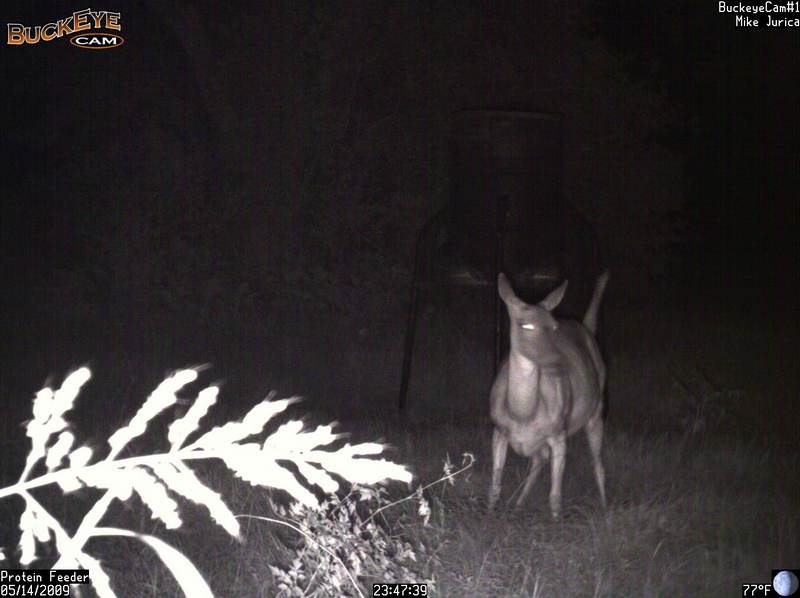
Predators and White-tailed Deer
I’ve examined the relationships between deer population management and the impacts of whitetail predators — particularly coyotes — and deer populations can still thrive in the presence of healthy predator populations as long as high quality habitat is available for whitetail.
However, even in the best habitat predators will have some impact on white-tailed deer populations. I think most landowners, deer managers, and hunters understand this fact. But even so, it can be difficult to sit back and wait for predators to do what they do best considering the time, energy, and money that property owners and hunters put into their property, leases and deer management programs.
It can be even more discouraging when such offenses are caught on camera. Such is the case with the attached photos that I received via email recently.
Feral Hog Eats Deer Fawn
One hunter, located in Schulenberg, Texas, sent me some very unique game camera photos that captured a whitetail doe giving birth to a fawn. The photos are interesting because rarely do we have the opportunity to see a fawn being born, but in this case we’re lucky because it happened right next to a deer feeder and it was all caught on camera.
As you look through the pictures, the photo series shows the whitetail doe setting up in front of the camera, giving live birth to the fawn, and then cleaning up the newborn deer. All of this happens between roughly midnight and 3:30 a.m. in the morning.
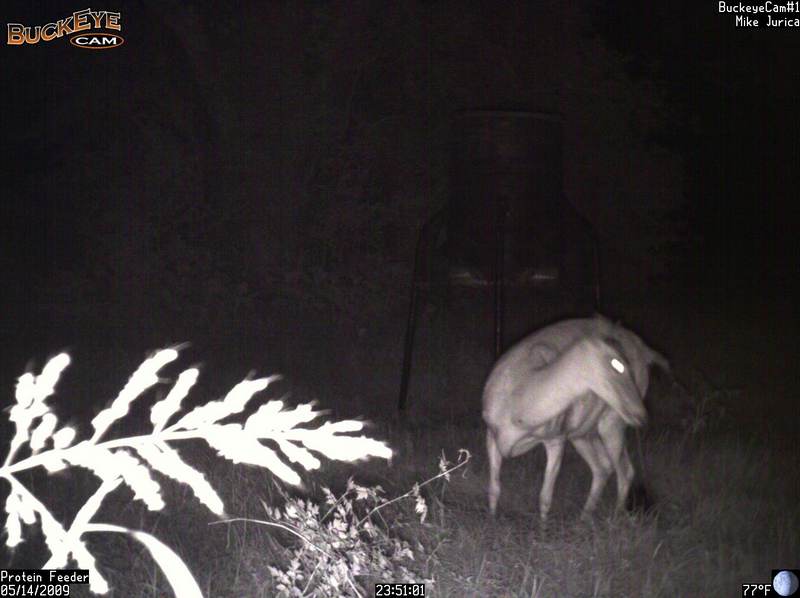
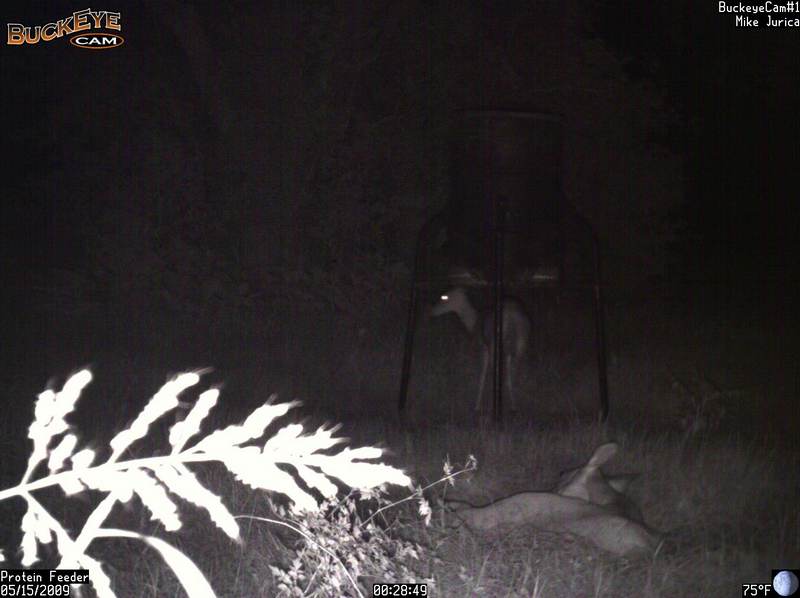
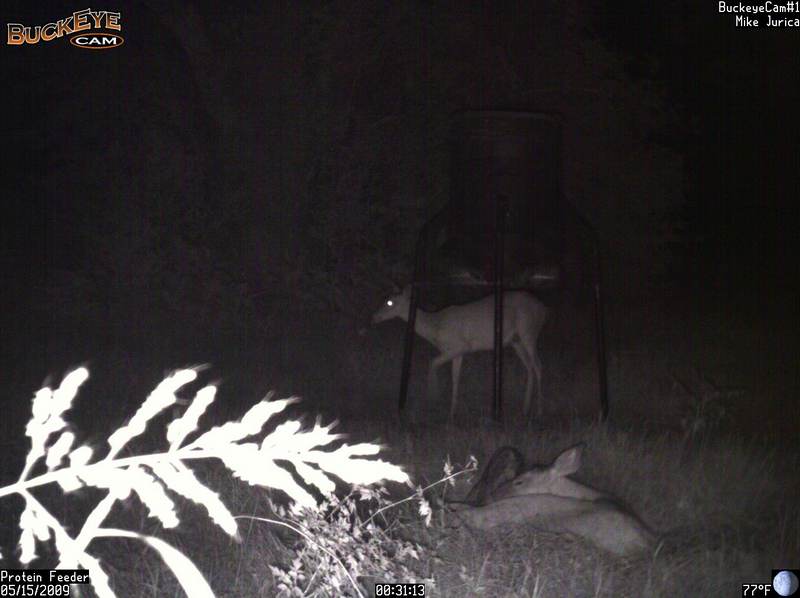
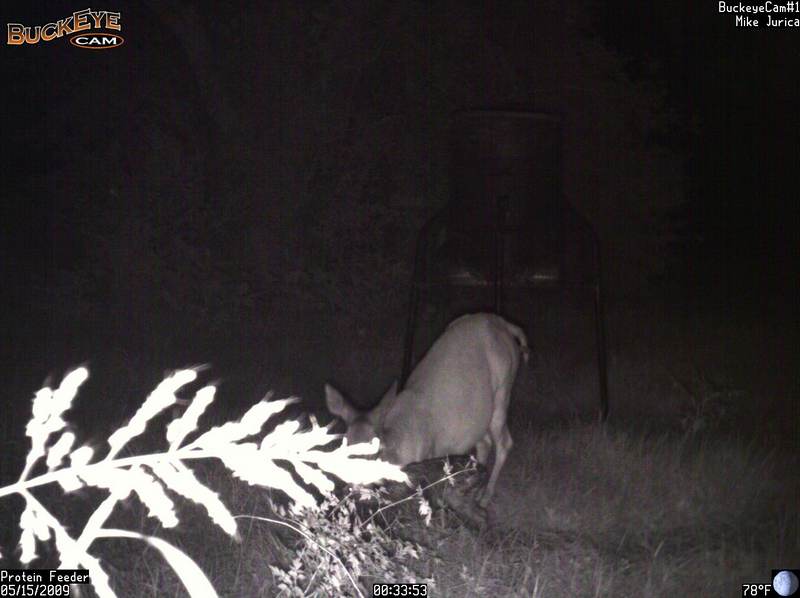
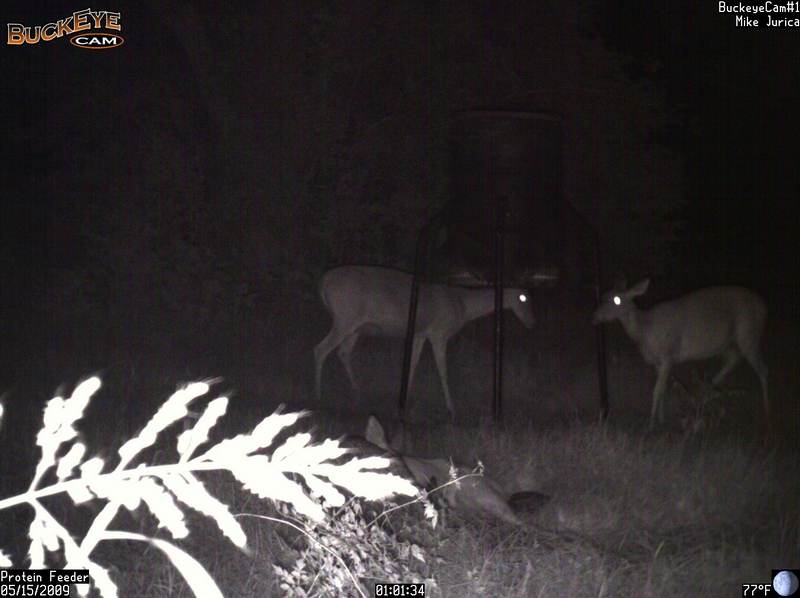
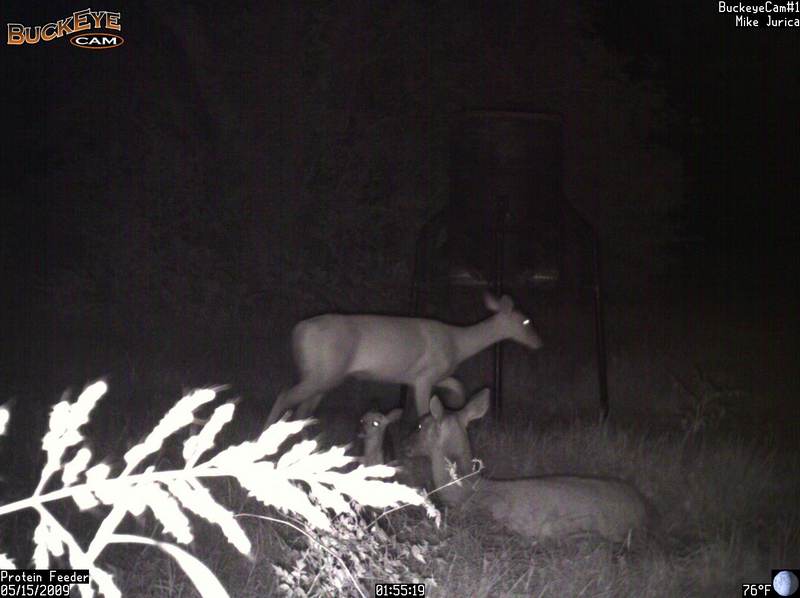
Though these photos give us an idea of the amount of care and attention a whitetail doe gives a newly-born fawn, the real drama takes place shortly after 4:00 a.m. In the first photo below, you can clearly see that two large feral hogs arrive on the scene. Also, if you look very carefully, you can see that the spotted fawn is lying flat on the ground directly in front of the feral hogs.
What happens next we will leave to imagination, although the outcome is very real — and we can only conclude that the hogs did kill and consume the 4-hour old fawn. The last photo shows a turkey vulture showing up on the scene to pick at any possible remains.
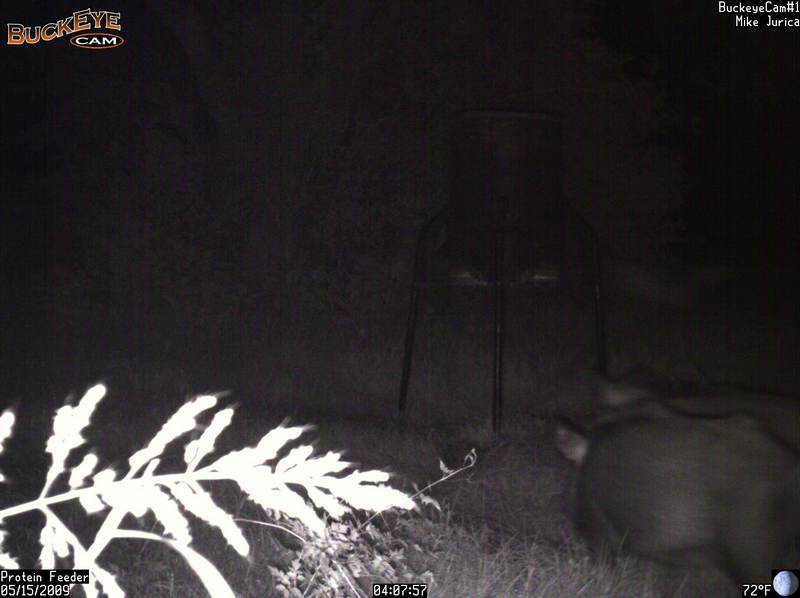
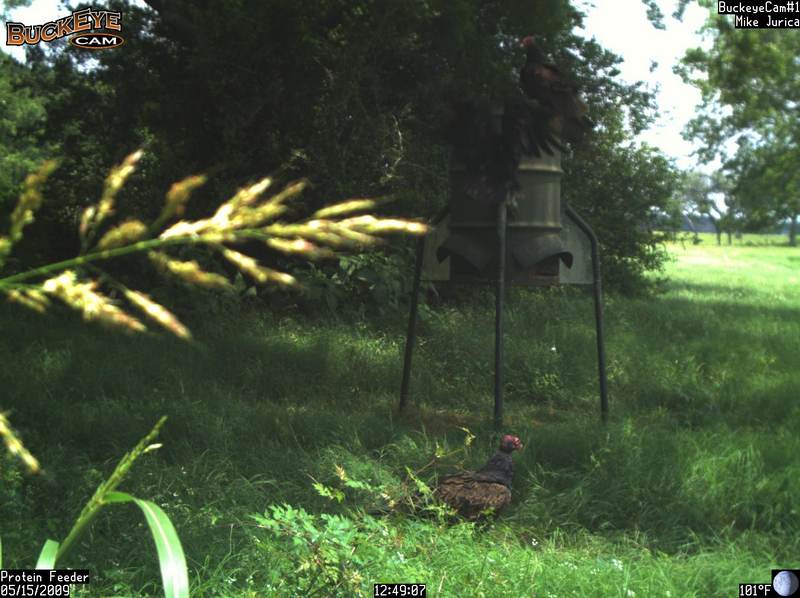
Do Wild Hogs Eat Deer?
Yes. Food habit studies on feral hogs have often found white-tailed deer tissue in hog stomach contents, but there has also been debate on whether hogs actually killed the deer or simply consumed their flesh post-mortem as carrion. The take-home from this series of photos is that yes, feral hogs do eat white-tailed deer. It also appears that new-born fawns are quite susceptible to feral hog predation.
Deer are most susceptible to predators as fawns, but especially just hours after birth. The only remnants the landowner found of this fawn were some of the skin and a small portion of the skull cap. He concluded his email to me in this way:
“As far as viewing the pictures, it seems everyone that sees the sequence of photos has the same reaction: lots of oohs and awhs quickly followed by disgust and anger. But I guess life and death in the wild is never fair… it’s just about survival of the fittest.”
On Predators and Whitetail
Fawns are the deer most susceptible to predation and this fact is also why it is important that fawning within a deer herd take place over a relatively short time period. Tight fawning dates, meaning a very short window from the first fawn born to the last, means whitetail fawns within a local population hit the ground almost simultaneously and predators only have limited access to them during the period when they are most vulnerable.
After a short period of time, fawns are much more alert, mobile and are able to more or less fend for themselves. Managed deer populations tend to have higher annual recruitment rates that those not management and part of the reason is compressed fawning dates.
The length of the fawning period for your area is directly related to the buck to doe ratio. A high percentage of doe deer in the population means a single predator has a greater chance of encountering a new-born fawn because the fawning dates will be spread out. Anyway you slice it, there is a lot to consider when it comes to predators, even such as feral hogs, and deer management. Thanks to Michael Jurica for submitting these photos.